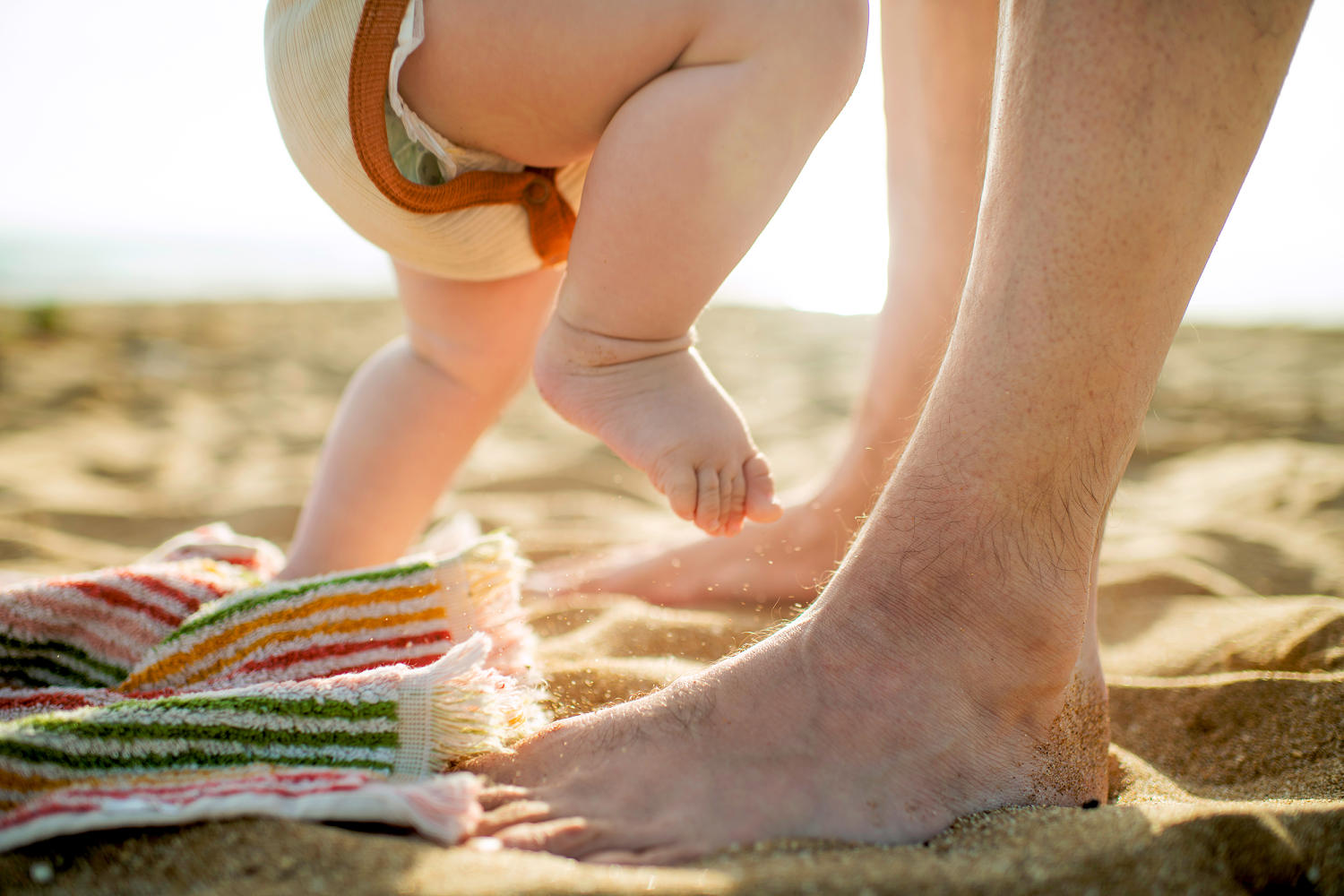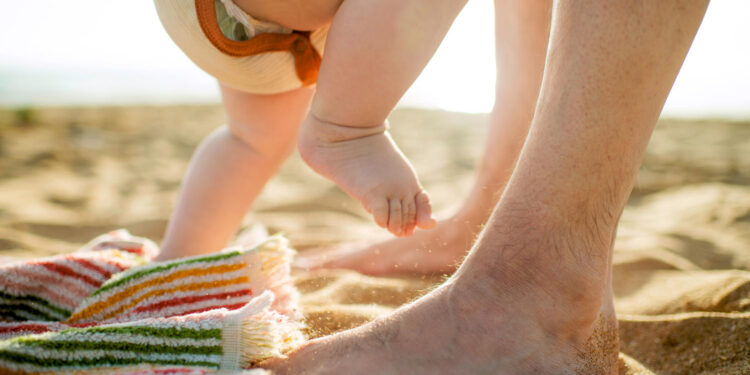
Amid record-breaking heat waves, doctors caution that some of the most vulnerable people dying from extreme heat — infants — can easily get overlooked.
Last week, a 4-month-old child died after developing a heat-related illness on a boating trip in Lake Havasu, Arizona, according to the Mohave County Sheriff’s Office. The peak temperature in the area that day was roughly 120 degrees Fahrenheit.
Extreme heat has become a more pervasive threat in recent years, as high-temperature days get more frequent and intense due to climate change.
Pediatricians and child safety advocates say babies are dying needlessly as a result. The rate of extreme heat deaths among infants in the U.S. is higher than the rates for children, teens or young adults, though it remains low compared to other causes of death.
From 2018 to 2023, 69 infants died of extreme heat — nearly 2 deaths for every 100,000 infants in that time, according to an NBC News analysis of data from the Centers for Disease Control and Prevention. The figure includes deaths in which heat was both a contributing factor and an underlying cause. Heat deaths are often underreported, either because they are not identified by a medical examiner or are incorrectly coded on death certificates.
Pediatricians point to several reasons why infants are more susceptible to illness or death from extreme heat. Some are biological: Babies tend to overheat faster than older children and adults, and they have a harder time cooling themselves when they get overheated.
“They have more body surface area than mass, so they gain heat really quickly, and in fact can heat up three to five times faster than an adult,” said Dr. Katie Lockwood, a pediatrician at Children’s Hospital of Philadelphia.
Babies’ sweat glands also aren’t fully developed, making it harder to regulate their body temperature when it’s hot outside.
“They do sweat; it’s just not as efficient at cooling them off as it might be in an older child or adult,” Lockwood said. She recommended fanning an infant, misting them with water or applying a cold towel to help them cool down.
Then there are communication issues: Babies can’t notify others when they’re feeling overheated, so it’s up to parents to notice the signs — which can be easy to miss.
“The signs of heat illness are not necessarily specific until it’s bad,” said Dr. Todd Glass, division chief of emergency medicine at Nemours Children’s Hospital in Orlando, Florida. “If the skin begins to get dry and hot and pale, you’re in trouble.”
Lockwood said to look for sweat or skin that’s flushed or warm to the touch. Overheated babies may also become fussy, listless or start to breathe harder than usual. Dry lips, failure to produce tears or abnormal peeing and pooping habits are other indicators of dehydration. Hydrated babies usually have at least three heavy diapers per day, Lockwood said, and their urine should be pale yellow or almost clear.
When it’s hot outside, she added, babies under 6 months may need more breast milk or formula than usual, since they can’t drink water yet. On extremely hot days, parents may also want to keep their baby in the air conditioning during peak sun hours, from around 10 a.m. to 2 p.m., or stick to shady areas outside.
Lockwood said it’s best to dress babies in light-colored, loose-fitting clothing on warm days. She cautioned against adding too many layers, particularly for babies who are more than a few months old.
“People do often tend to over-bundle infants,” she said. “After the newborn period, you can dress your infant similarly to how you are dressed. They don’t need an extra layer of clothing.”
As temperatures climb, pediatricians also warn about a particularly harrowing possibility: leaving a baby alone in a car.
“The car is essentially a solar oven,” Glass said. “You close all the doors, you leave the windows up, the sun comes in and the heat can’t get out.”
One study found that a car parked in the sun in 95-degree or higher heat can reach an internal temperature of 116 degrees Fahrenheit within an hour.
Data from Kids and Car Safety, a nonprofit that aims to eliminate vehicle-related risks to children, suggests that around 60 infants have died in hot cars since 2018. Two of those deaths occurred this year.
Makia Wallace’s son, Jace Leslie, died at 1 year old after being left in a hot car in 2020. A caregiver was supposed to drop him off at daycare, but instead he was left for more than seven hours in the back seat of a car that heated to 105 degrees Fahrenheit. The temperature in Orlando, Florida, that day peaked at around 91 degrees Fahrenheit.
“I could not wrap my head around it,” Wallace said. “It was like everything around me stopped.”
Jace radiated joy, she said. He had an infectious smile and loved worship music. Now, Wallace has made it her mission to remind parents that deaths like her son’s are preventable.
Prior to her own tragedy, “no one told me about hot car deaths,” she said. “When I went to do my son’s checkup, nobody shared that with me.”
According to Safe Kids Worldwide, a nonprofit organization working to prevent childhood injury, a child should never be left alone in a car, even for a minute.
“Even if you’re running into the cleaners to grab your clothes and you can see the car, take your child because something can distract you in there. It can take longer than expected,” said Torine Creppy, the organization’s president.
Parents are often tired or running on autopilot, Creppy said, so she recommends placing a phone, wallet or purse next to a child’s seat as a reminder to check for them before leaving the car.
Lockwood said even strollers or car seats can pose a danger on hot days if parents drape a blanket on top to block out the sun, which restricts airflow. A good rule of thumb, she said, is to assume your baby is less comfortable than you are in the heat.
“We tend to think that kids are experiencing the heat just like we are,” she said. “I often remind parents in my office that if you feel hot, your kid feels hotter.”







